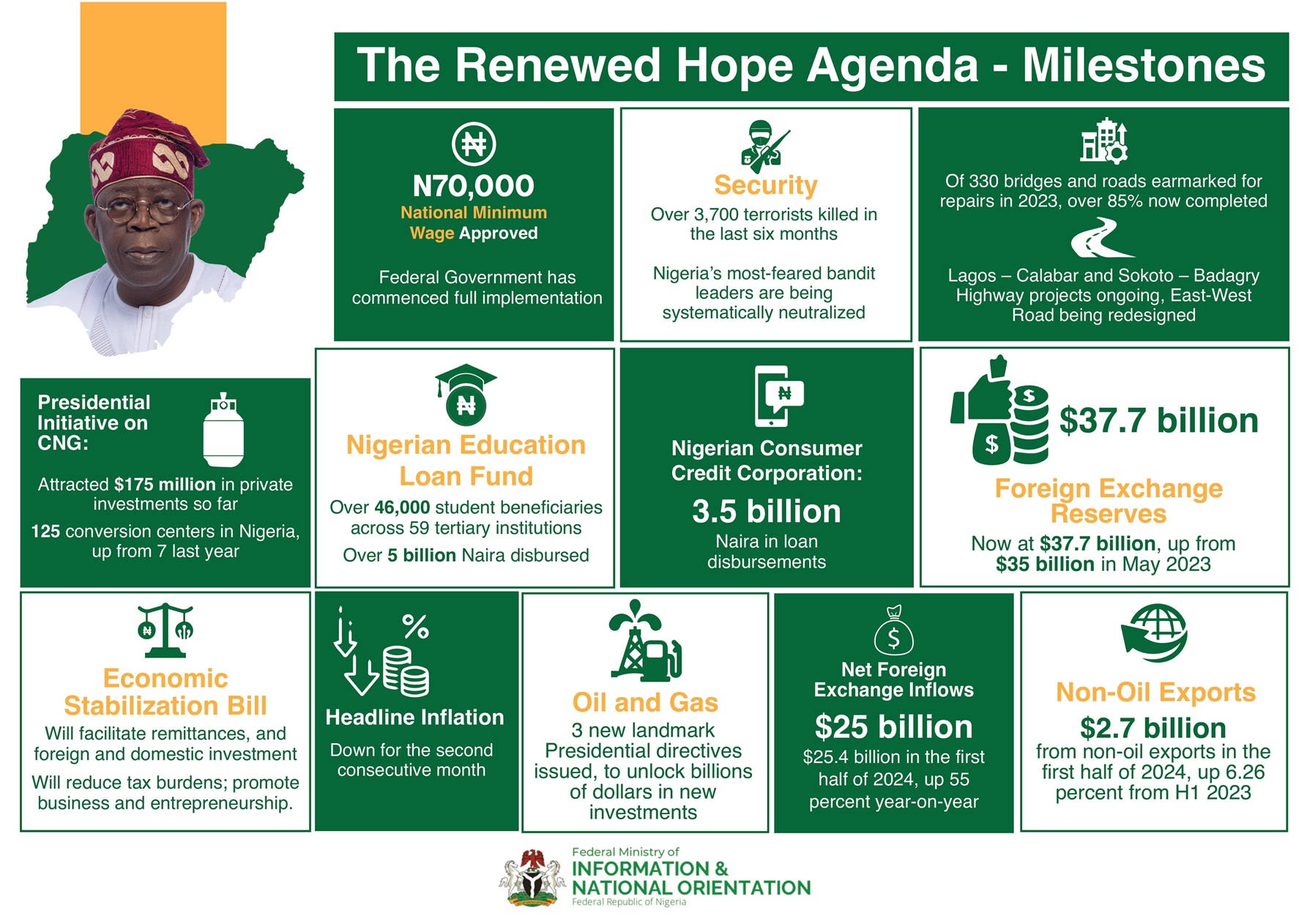One of the first great spasms of man-made ecological disaster is underway.
While the United States president continually issues threats of various kinds—ALL CAPS, war crimes, what appears to be a Baby Boomer Facebook status—there are events unfolding on the other side of the world that make him look especially small. War with Iran on its own would be an indefensible world-historical disaster, but another nightmare of human history has long since begun. The images emerging from Australia, a continent that has been on fire for months, seem to document one of the first great spasms of an ecology thrown out of balance. The skies have turned blood red. The smoke is descending on cities and billowing out to sea. More than 200 fires are burning at the time of this writing, and an area the size of West Virginia—about 23,000 square miles—has already burned. At least 24 people are dead.
In addition, there’s an almost inconceivable tragedy playing out among the continent’s animal population. As usual, those who bear the least responsibility for creating the conditions for the disaster are bearing the brunt of it. Researchers at the University of Sydney estimate the bushfires have already led to the deaths of some 480 million animals. The scale of this destruction is difficult to measure.
These victims did not create the climate crisis that scientists say has played a critical role in making this fire season so severe in Australia. Last year was the hottest and driest on record. Last month saw temperatures hit 121.8 degrees in some areas. The country has been in drought since 2017. The dry fuel—plants and trees—makes for more explosive kindling during the extended fire season, which is now two months longer than it used to be. These conditions combined with a change in wind patterns, a more local weather event, to create extreme fire weather that extends right up to the coasts, where most Australians live.
All the while, Australia’s conservative government has overseen a policy regime where the nation’s carbon emissions are still on the rise, and where coal exports continue at pace. Like the United States and the world more generally, the Aussies are moving in the wrong direction. Luckily, oil-and-gas giant Chevron has generously donated $1 million to the fire-recovery efforts after reporting $2.6 billion in earnings in the third quarter of 2019.
The half a billion animals that have died in Australia due, in significant part, to the extended consequences of human greed and avarice are just the beginning. Scientists have for years postulated that we have already embarked on the sixth mass extinction event in this planet’s history, one overwhelmingly due to human activities that have destabilized ecosystems. If it’s not the fires, it’s the bleached coral reefs or the increasingly ferocious storms that wipe out biodiversity. This is one reason that the world’s food supplies may be under threat in the future as well. And yet we just keep digging things out of the ground. Someday we’ll learn. Theoretically.
- By Jack Holmes, Esquire, January 6, 2020

